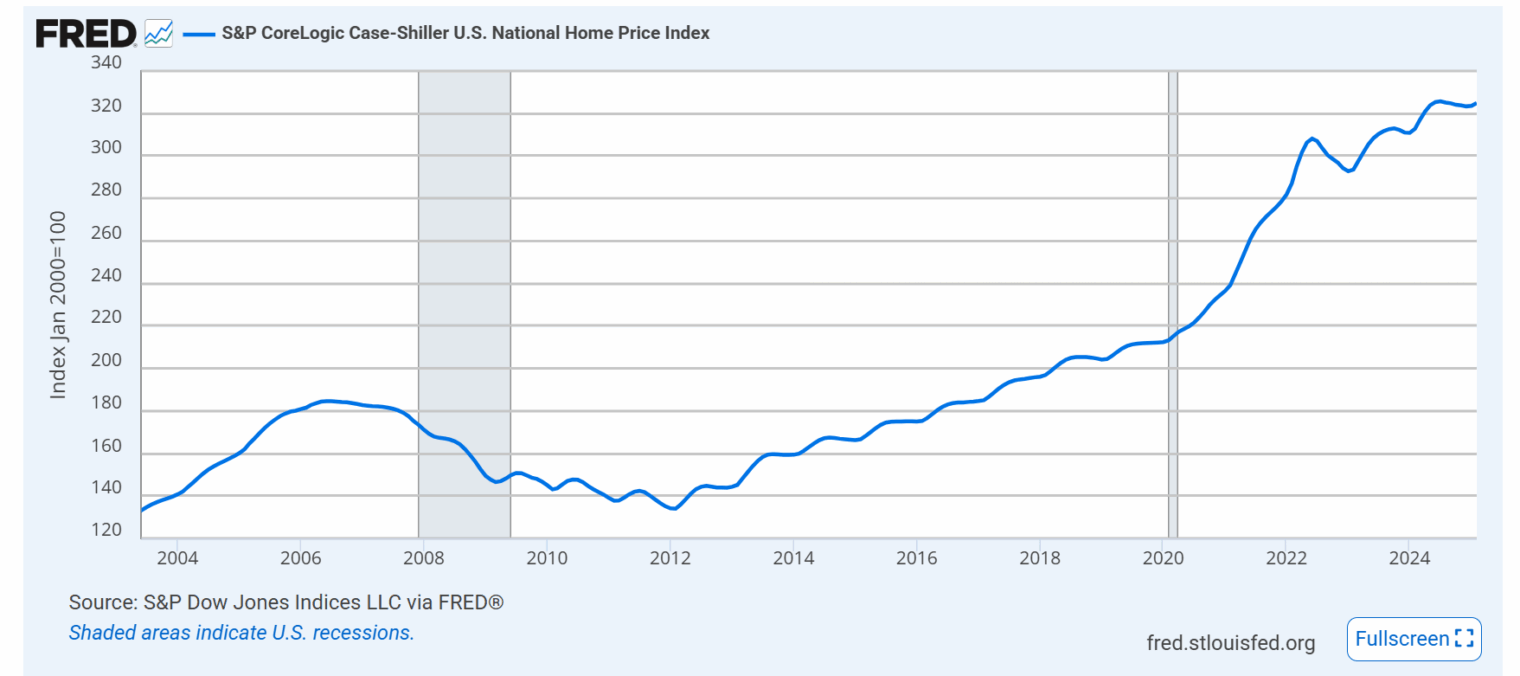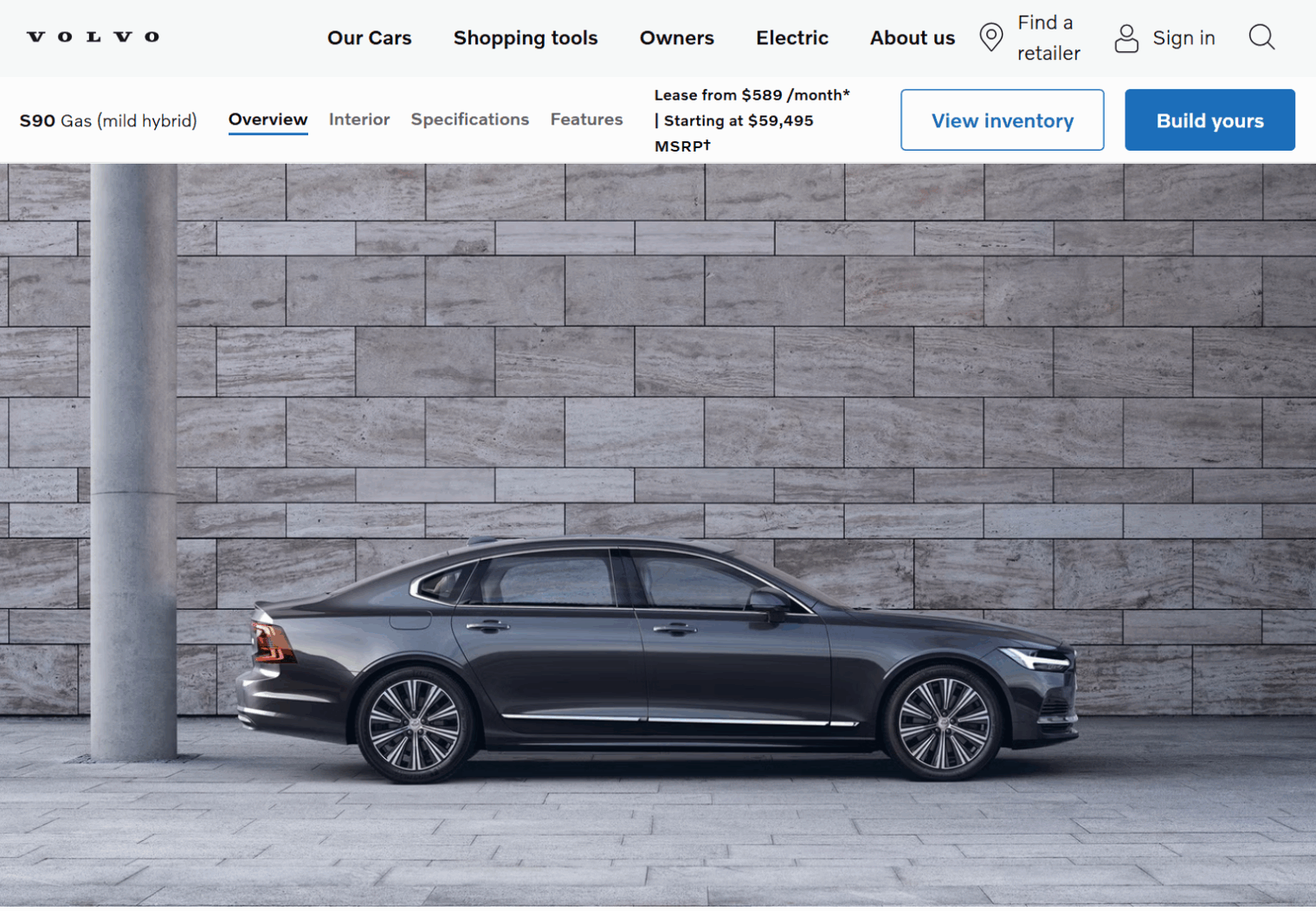From 2003, The Chinese car:
Within 10 to 20 years the Chinese will be able to sell a car that is very similar to today’s rental car: 4 doors, 4 seats, air conditioner, radio, new but not fancy. It will cost between $2000 and $3000 in today’s dollars. With cars that cheap it will be unthinkable to manufacture in the U.S. Consumers won’t bother to finance a $2000 purchase separately (maybe they’ll add it to their credit card debt).
Among the large range of my failed predictions, this one would appear to have been an unusually spectacular failure. Very few Chinese-made cars are available in the U.S. and they cost $40,000-70,000, not $3,000. Maybe there is some hope for salvaging my reputation as a prophet. “What a $15,000 Electric SUV Says About U.S.-China Car Rivalry” (Wall Street Journal, May 3, 2025):
For an American used to a $50,000 gasoline-powered SUV as the standard family choice, the Chinese market is hardly recognizable. … Chinese car buyers no longer need to debate whether an EV can be made affordable, not when a decent starter model costs $10,000 and a luxury seven-seater with reclining massage chairs can be had for $50,000. … Toyota said its bZ3X—the recently introduced model that starts at $15,000—was designed in China by the company’s engineers in the country, who worked with a local joint-venture partner. It is made in Guangzhou with Chinese batteries and driver-assistance software from Momenta, a Chinese leader in that field.
I was off by a factor of more than 3X, then? What if we adjust for the inflation that the government assures us doesn’t exist? Adjusted for official CPI, $3,000 in 2003 is equivalent to about $5,250 today. So I was off by only a factor of two! What if we try to adjust for inflation as experienced by Americans who buy houses? (official CPI excludes the cost of buying and living in a house in favor of a hypothetical “owner equivalent rent”) The Case-Shiller Index has gone from 133 to 324:
If we adjust the $3,000 number from 2003 with the growth in house prices, we get $7,300. My prediction was of a $7,300 car, then, in today’s money and the WSJ says that $10,000 now buys a reasonably good car (denied to Americans, but available in the world’s largest market for cars).
Related:
- The “Chinese car” turned out to be Indian (2009 article on the Tata Nano)
- the made-in-China Volvo S90, below (as Syrians immigrated to Sweden, Volvo emigrated to China)


Re: Case-Shiller index, I once heard Robert Shiller (winner Nobel Memorial Prize in Economics) give a lecture working in the finance industry. He went on and on about the tools he used for his models, and frankly he seemed flummoxed by it. He rambled a bit more, then I realized he was talking about Excel spreadsheets. My respect for the industry fell about 3 notches.
Since 2003, price of. an SUV went up 30 to 40 percent. Your prediction inflated more.
Also, car price is sure to double to get certified for US marker. If I had to. I would definitely choose Honda plug-in SUV or Tesla Model Y, both starting MSRP below $50,000, over $30,000 Chimrsec import. Used Model Y SUVs with about 50,000 miles on them are available for low $20,000, so I do not see why I even look at a Chinese EV import.
https://cidef.cl/marca/dongfeng/
Please check the Chilean car market. Several Chinese brands available here. In particular see the link above for a 4 doors sedan at about USD 10.000. There are several brands models available in regular combustion engine, HEV, PHEV and EV. For a regular car, price is about 2/3 of a similar japanese car, offering more comfortable experience. Maybe not better drive experience but very similar and similar confidence, despite most of Chinese car are mostly turbos instead of atmospheric. With that information you can make another prediction for the next 10 years. The future of car market is Chinese for sure. European brands will disappear, maybe Europe industry will disappear too. That’s my prediction.
Frank, how many miles or kilometers can Chinese car go without repairs, just with regular maintenance? Does it start every time?
Thanks, Frank. That $10,000 car looks like it has more or less every safety feature of a U.S.-market car: “ABS brakes, electronic brake force distribution (EBD), stability control, hill start assist, and multiple airbags that provide comprehensive protection in any situation.” (translation by Google Chrome) Does the $10,000 price include Chile’s 19% VAT? If so, that would be marketed as an $8,400 car here in the U.S. (different states impose different amounts of sales tax, but it is never put in front of the buyer!).
@perplexed, the same distrust were expressed about Japanese cars in the 1970s and ’80s. Similar skepticism was made of South Korean automakers when Kia entered the U.S. market in 2009. Today, vehicles from Japan and South Korea are everywhere, and their quality is on par with, and often exceeds, that of many other manufacturers.
A country with a large population, or a country with strong work ethic, where people are actively contributing to the economy, is well-positioned to outperform others. A country with population focused on DEI, Rainbow flag, welfare give away, and low skilled migrants will be left in the dust.
George A, I know that. I do not express distrust, I am asking. I know what unreliable car is. In some places, people drive once per week on Sundays or for other occasions, and do not drive at all during winter. I am looking for a car which is never a hassle for 300,000 miles and is a daily driver.
Hello. Yes VAT is included in the price and features are as you mentioned. Regarding other topics. Some brands have several years here, so service and spare parts are easily available. I remember the first Chinese low quality tablets and mobiles. Now there are very good devices comparable to iPad, iPhone or Pixel but way cheaper. The same happened with cars, watches and other devices. They have evolved. I will move soon from Mazda to a Haval or Great Wall Motors model SUV.
The point with China is they can build cheap or expensive depending on what the customer asks., But now they are providing quality for cheap while others offer marginal better quality for considerably higher price.
So this Romanian-made electric car is about 15,000 pounds.
https://www.dacia.co.uk/
I think it meets the “cheap but cheerful criteria,” based on youtube reviews.
Seems fine for a city car.